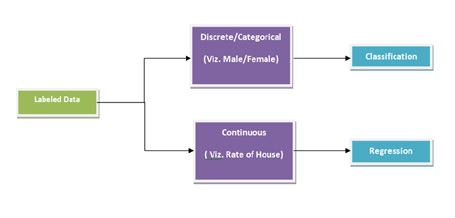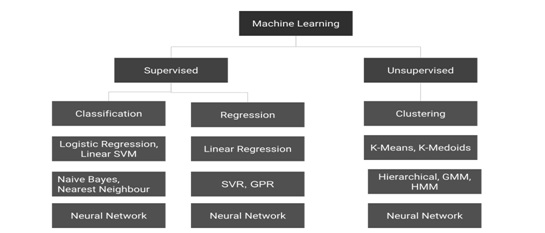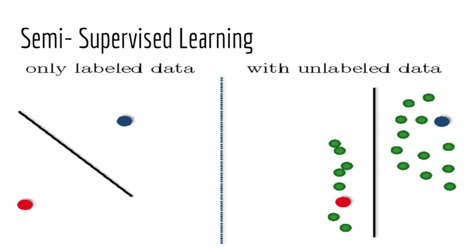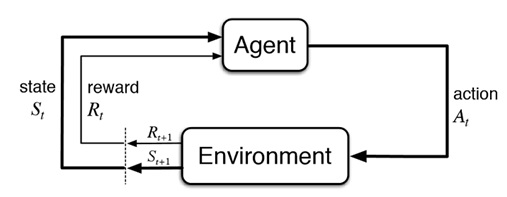Home »
Machine Learning/Artificial Intelligence
Machine Learning: What It Is, Types, Working Mechanism
In this tutorial, we will learn about the machine learning, what it machine learning, its types, working mechanism, difference b/w machine learning and AI, etc.
By IncludeHelp Last updated : April 16, 2023
What is Machine Learning?
Machine learning is a subset of artificial intelligence that deals with machines' ability to learn and work on improvisation from the past experiences that they are exposed to, without the need to explicitly program them through human intervention. The technology aims to make machines smarter and more efficient.
Machine learning can be vaguely defined as a computer's ability to learn without being explicitly programmed, this, however, is an older definition of machine learning. A more modern definition was given by Tom Mitchell, "A computer program is said to learn from experience E with respect to some class of tasks T and performance measure P, if its performance at tasks in T, as measured by P, improves with experience E."
For instance, let's assume we have an algorithm that watches emails a user marks as spam and based on that observation it learns to filter out unwanted spam messages. The experience E in the above situation would be to Watch and recognize what type of mail is marked as spam. Task T would be to filter mail as spam based on the experience E. The Performance P would is the efficiency at which the algorithm filters spam mail and it would simply improve with the experience E.
Machine learning is often confused with Artificial intelligence. Artificial intelligence is measured as the ability of a machine to behave as a human being whereas Machine learning is a subset of artificial intelligence that deals with training a machine or computer to learn from large amounts of data supplied to it.
Working Mechanism of Machine Learning
If you have heard of the term data mining, the machine learning utilizes the similar processes for its operation. The Machine learning algorithms can be defined in terms of a target function, let's name it f() that contains the input variable (x) and a respective output variable (y). Thus the above relation can be represented as: y= f(x)
So as to obtain the closest results we use an additional correction factor in the above expression e, which is not dependent on the input variable x. Therefore we obtain the equation: y= f(x) + e
In machine learning, we commonly use the term mapping from x (input variable) to y (output variable) to make predictions. This method of mapping x and y to get accurate predictions is referred to as Predictive Modelling. A list of useful assumptions can be made based on this function.
Types of Machine Learning
The following are the types of machine learning based on the method of training the machines during the process:
- Supervised Machine Learning
- Unsupervised Machine Learning
- Semi-Supervised Learning
- Reinforcement Learning
1. Supervised Machine Learning
In this method of training, the computer is fed with both the input and the output. The feedback during the training is also provided to the computer. Based on that the accuracy with which the computer predicts during the training is analyzed by experts. Supervised learning thus enables the machines to associate the input with the appropriate output.

2. Unsupervised Machine Learning
In this method there is no supervision or tracking of the input or output, the computers are allowed to interact and produce the output on their own without any sort of intervention. It is mostly applied for transactional data and to perform more complex tasks. Further explanation of this topic is beyond the scope of this article, which will be discussed in another topic called Deep Learning.

3. Semi-Supervised Learning
Machine learning problems fall into this category when, we have a very few labeled data; and most of the target variable are unlabelled. We take help of those few labeled targets to decide classes for those unlabelled targets.
We first classify/predict with labelled target variables and consider unlabelled targets also. Let's understand this through a diagram below:

4. Reinforced Learning
In this method of learning, there are mainly three components which work together – Agent, Environment, and Action. The agent is responsible for identifying and perceiving the surroundings, the agent interacts with the component named environment, which in turn produces the necessary action.
It is based on scores. Its main objective is to find which actions should be taken in order to maximize rewards under a given setting. Each time we assign scores to each move in a winning game (say chess → computer v/s human) based on the result and the current state on the board. Each time we assign a grade to an action in order to minimize a punishment and/or maximize rewards.

Difference Between Machine learning and Artificial Intelligence
Artificial Intelligence and Machine Learning are often considered very much related and people seem to use them interchangeably in discussions. They are not exactly synonym of each other but rather one is the outcome and the other result of it. In concise Artificial Intelligence refers to the ability of machines to perform tasks that we humans usually perform, by imitating the human thinking and perception. On the other hand, we can consider Machine Learning as one of its process or application by which we only provide the machines with appropriate data to work upon and let them learn themselves from experiences.
Relation Between Artificial Intelligence and Internet of Things (IOT)
The Artificial Intelligence and IOT share a relationship of that of our body and brain. For example, our various body parts collect sensory inputs from surroundings such as reflected light. The work of brain is to convert the received light input in the form of reflected light into recognizable objects. If we compare our body parts to the IoT devices and our senses to the various sensory equipment attached to the devices which interact with the surrounding and collect inputs. The Artificial Intelligence acts like our brain which understands the inputs and takes part in the decision of what response is to be given next with respect to the inputs received. Thus, they are very much interrelated but obviously not the same thing.
Advertisement
Advertisement